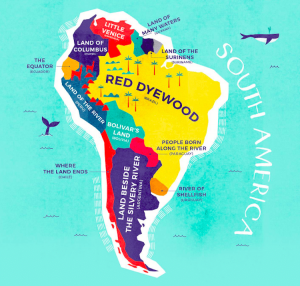In our Intro to Computer Assisted Translation (CAT) course we’ve had hands on practice creating translation memory, managing terminology, reusing previous translations, and editing translations.
Our final project gave us the opportunity to simulate the experience of translating in a small, in-house translation team or in a small group of associated freelancers. Using SDL Trados Studio, my team was tasked with providing the following CAT Project Files to a client of our choice:
- Proposal/SOW
- Deliverables
Proposal/SOW:
Our client, the Chengdu Tourist Bureau, requested we translate one of their Chinese blog posts into English. Our proposal would be used to outline the major goals and scope of the project. For example, costs, resources required, outline of preparation, production and finalization phases, etc. In short, the proposal will ensure that the client understands our workflow and that the project’s specifications are understood by all parties.
Deliverables:
The deliverables are what will ultimately be given to the client at the conclusion of the project.
For this project, they were as follows:
Source
- The original source text (English)
Target
- The translated target text (Chinese)
Translation Memory (TM)
- Creation of a new TM for the client
Glossary
- Creation of a glossary for the client containing terms relevant to the source text
Pseudo Translation
- Used to resolve localization issues before they take place
Click here to see the deliverables for this project.
Finals Thoughts
After completing this project I feel confident knowing which are the appropriate uses for CAT tools. Furthermore, this project gave me hands on experience with the different components of Trados. If in the future there is a need to learn a new CAT tool, I know can do it on my own.
Presentation of Lessons Learned
Here is a video of my team describing the lessons we learned during this project.


